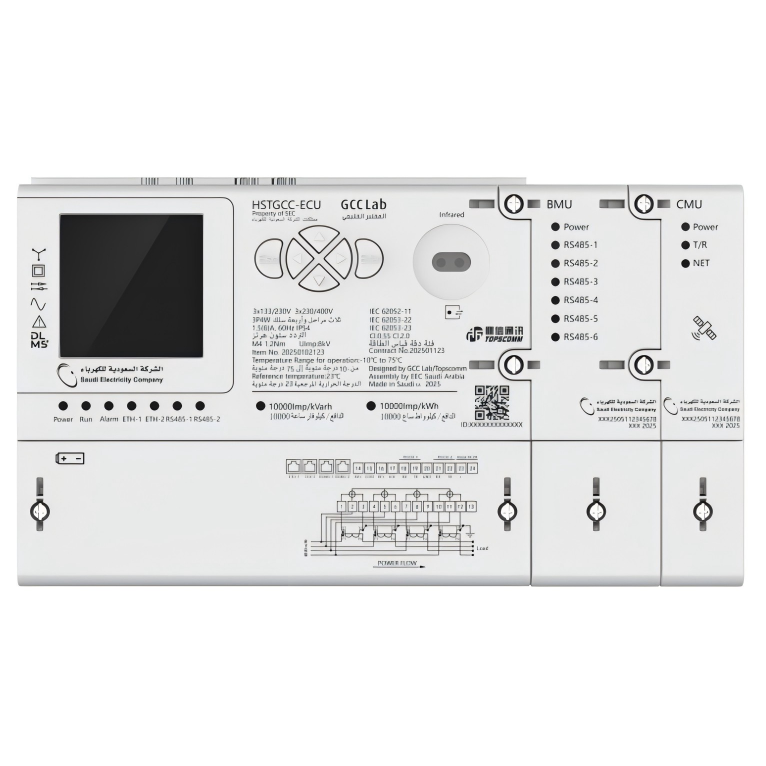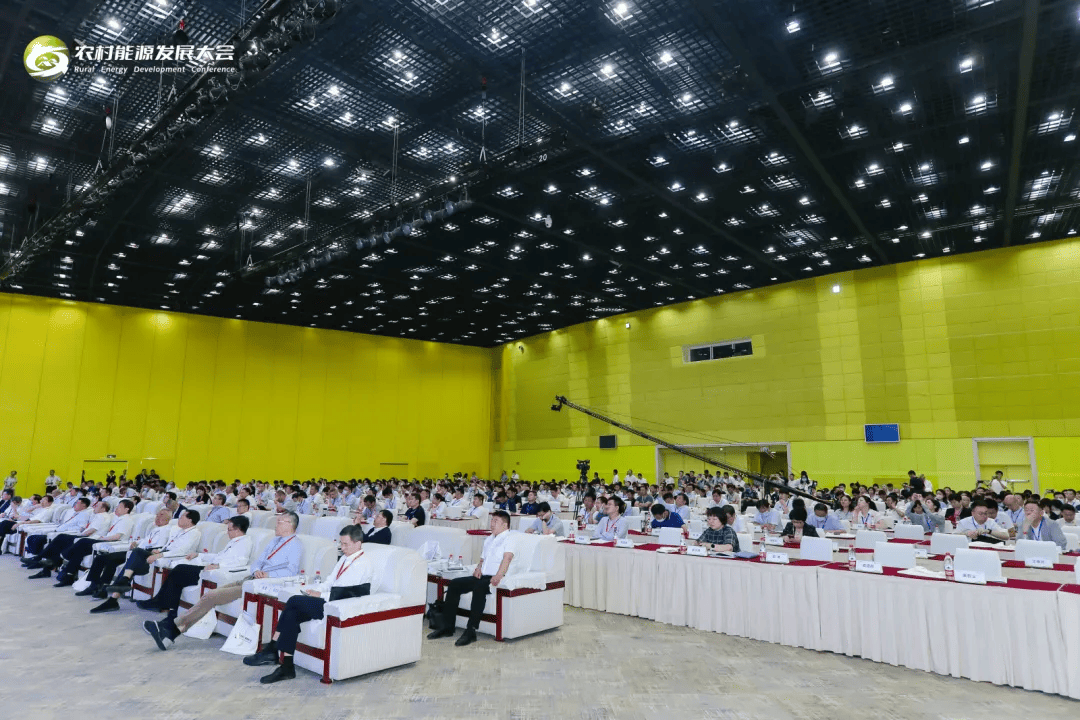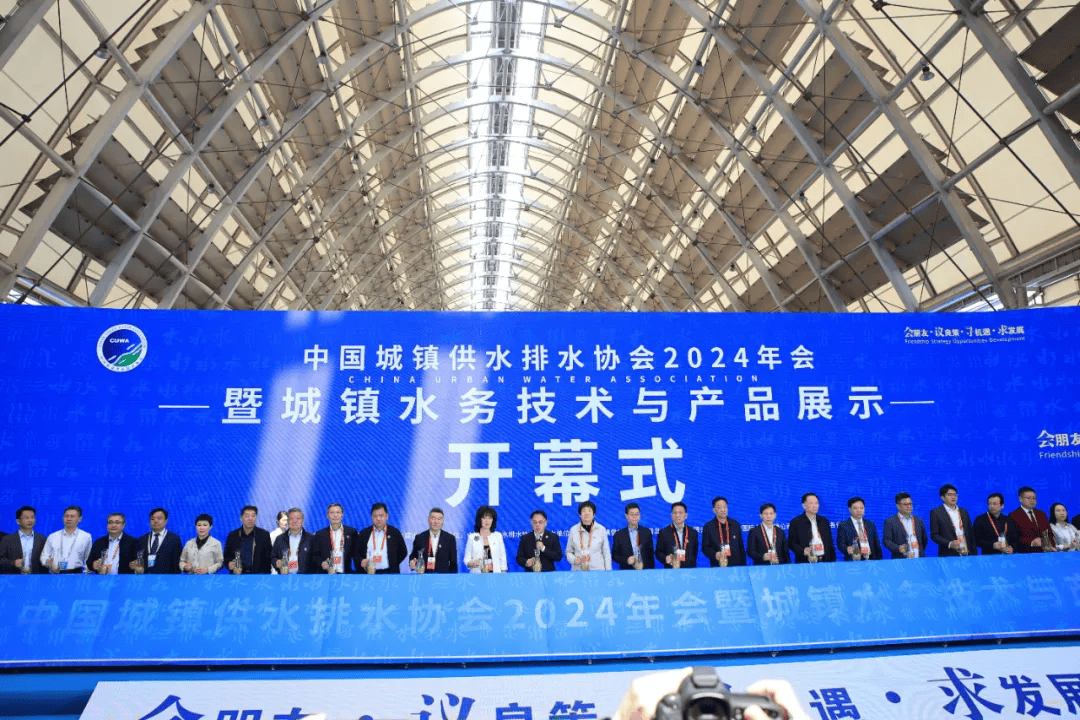The Evolution of Modern Power Distribution Systems
The traditional power grid infrastructure that has served us for over a century is undergoing a remarkable transformation. Smart power grids represent the next generation of electricity delivery systems, combining advanced digital communications, automated controls, and modern energy technologies to create a more resilient and efficient power network. This revolutionary approach to power distribution is reshaping how we generate, transmit, and consume electricity in the 21st century.
As communities worldwide face increasing energy demands and environmental challenges, smart power grids offer a sophisticated solution that optimizes energy distribution while reducing waste and costs. These intelligent networks are capable of two-way communication between utilities and consumers, enabling real-time monitoring and response to changing energy needs.

Core Components of Smart Power Grid Technology
Advanced Metering Infrastructure
At the heart of smart power grids lies the Advanced Metering Infrastructure (AMI), which includes smart meters and communication networks. These devices provide real-time data about energy consumption patterns, enabling both consumers and utilities to make informed decisions about power usage. Smart meters can detect outages instantly, monitor power quality, and facilitate automated billing processes.
The integration of smart meters within the broader grid infrastructure creates a dynamic system that can adjust to demand fluctuations automatically. This technological advancement helps prevent overloads and enables more efficient load balancing across the entire network.
Distribution Automation Systems
Distribution automation represents another crucial component of smart power grids, incorporating sensors, switches, and control systems throughout the power network. These systems enable automatic fault detection, isolation, and service restoration, significantly reducing downtime and improving overall grid reliability.
Through sophisticated algorithms and real-time monitoring, distribution automation systems can reroute power around problems, prevent cascading failures, and optimize power flow to reduce transmission losses. This level of control and flexibility was simply impossible with traditional grid systems.
Benefits of Smart Grid Implementation
Enhanced Energy Conservation
Smart power grids significantly improve energy conservation through precise monitoring and control of electricity flow. By identifying and reducing energy losses in transmission and distribution, these systems help utilities optimize their operations and reduce waste. The ability to track energy usage patterns in real-time allows for better demand forecasting and more efficient resource allocation.
Consumers also benefit from detailed insights into their energy consumption patterns, enabling them to make informed decisions about their usage habits. This transparency often leads to natural reductions in energy consumption as users become more aware of their impact on the grid.
Improved Grid Reliability
Smart power grids dramatically enhance system reliability through predictive maintenance and automated fault detection. By continuously monitoring equipment health and performance metrics, utilities can address potential issues before they lead to failures or outages. This proactive approach to maintenance significantly reduces the frequency and duration of power interruptions.
The self-healing capabilities of smart power grids allow them to automatically detect, isolate, and restore service during system disturbances. This resilience is particularly valuable during extreme weather events or other emergency situations that could otherwise cause widespread outages.
Integration of Renewable Energy Sources
Managing Intermittent Generation
Smart power grids excel at handling the variable nature of renewable energy sources such as solar and wind power. Through advanced forecasting and real-time monitoring, these systems can balance supply and demand even when dealing with intermittent generation sources. This capability is essential for increasing the penetration of renewable energy in our power systems.
The intelligent control systems within smart power grids can automatically adjust to changes in renewable energy output, ensuring stable power delivery while maximizing the use of clean energy sources. This flexibility is crucial for achieving sustainable energy goals and reducing dependence on fossil fuels.
Energy Storage Integration
The incorporation of energy storage solutions is a key feature of smart power grids, allowing excess renewable energy to be stored for later use. Advanced battery systems and other storage technologies work in concert with smart grid controls to optimize energy distribution and maintain grid stability.
Storage systems can provide backup power during peak demand periods, smooth out variations in renewable energy generation, and help regulate grid frequency. This integration of storage capabilities makes smart power grids more resilient and efficient than traditional power systems.
Future Developments and Challenges
Cybersecurity Considerations
As smart power grids become more interconnected and digitalized, ensuring robust cybersecurity measures becomes increasingly critical. Utilities must implement comprehensive security protocols to protect against potential cyber threats while maintaining the efficiency benefits of smart grid technology.
The development of advanced encryption methods and secure communication protocols continues to evolve, helping to safeguard these essential infrastructure systems against unauthorized access and potential attacks.
Technological Advancements
The future of smart power grids holds exciting possibilities as new technologies emerge. Artificial intelligence and machine learning algorithms are being developed to further optimize grid operations and predict maintenance needs with greater accuracy. These advances will enable even more efficient energy distribution and consumption patterns.
The integration of electric vehicle charging infrastructure and virtual power plants represents another frontier in smart grid development, promising to revolutionize how we think about energy storage and distribution.
Frequently Asked Questions
What makes a power grid 'smart'?
A power grid becomes 'smart' when it incorporates digital communications technology, automated controls, and sensors that enable two-way communication between utilities and consumers. This intelligence allows for real-time monitoring, automatic response to changes in electricity demand, and more efficient power distribution.
How do smart power grids benefit consumers?
Smart power grids provide consumers with detailed information about their energy usage, enabling them to make informed decisions about consumption. They also result in fewer and shorter power outages, more reliable service, and potentially lower electricity bills through more efficient power distribution and usage.
Can smart power grids help combat climate change?
Yes, smart power grids play a crucial role in fighting climate change by facilitating the integration of renewable energy sources, reducing energy waste through improved efficiency, and enabling better demand management. These capabilities help decrease overall carbon emissions from power generation and distribution.







